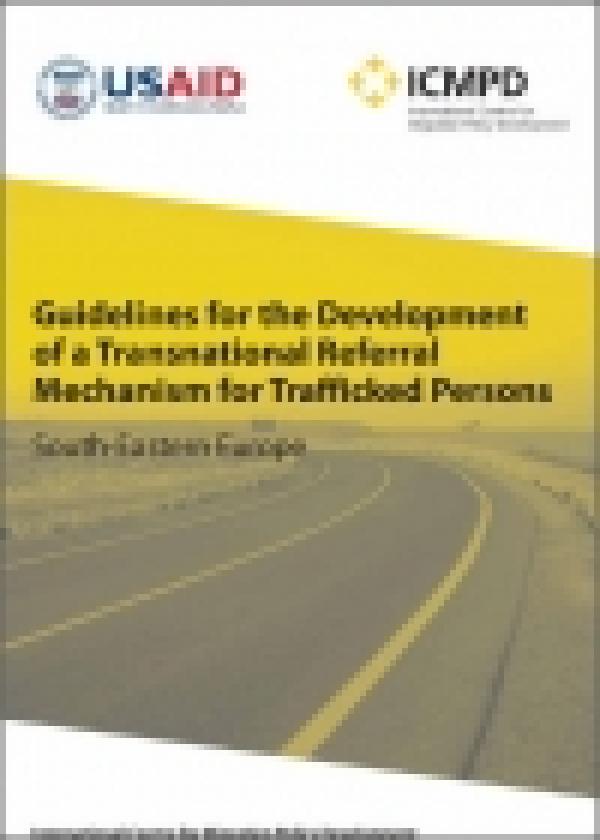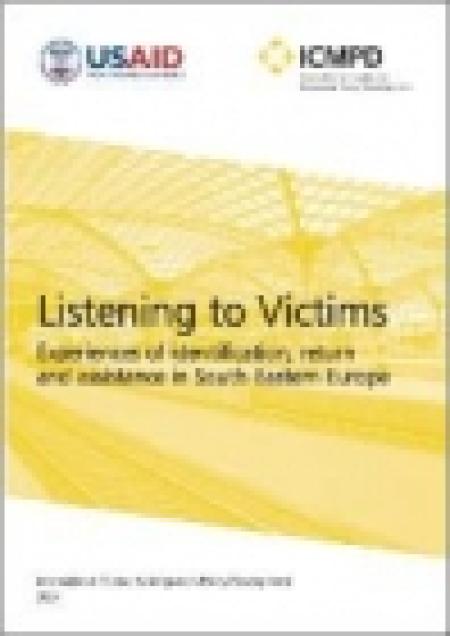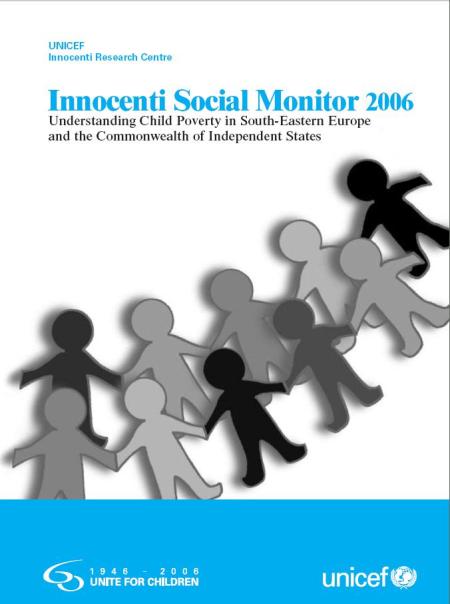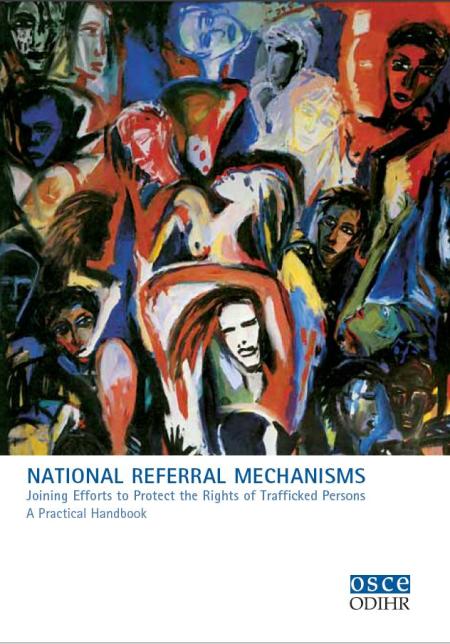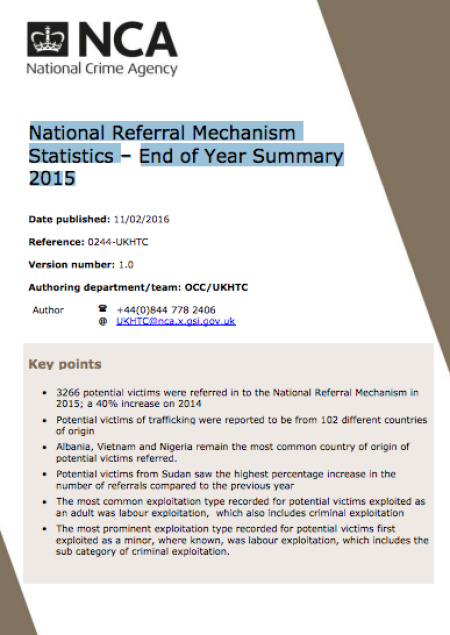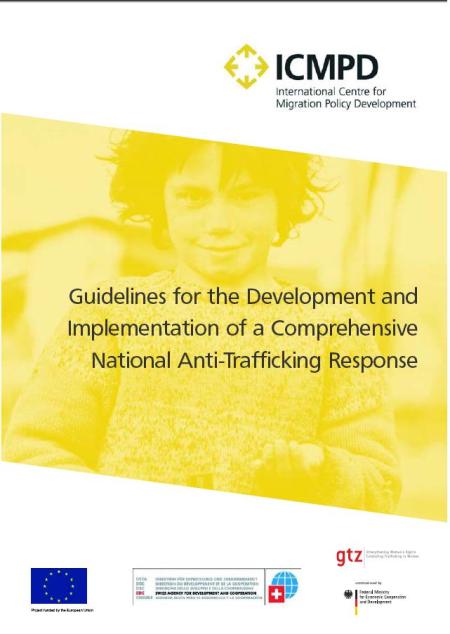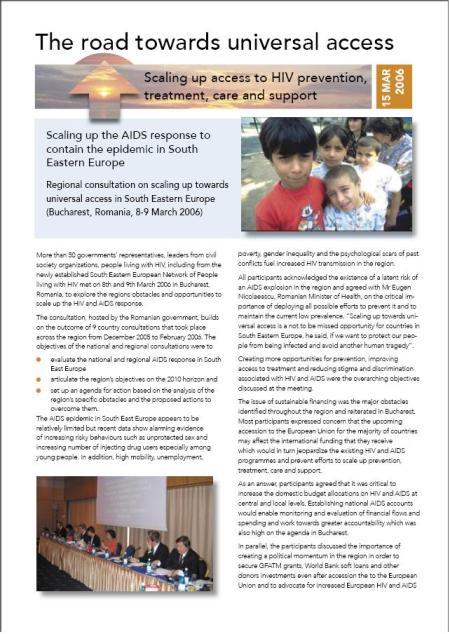
The TRM Guidelines, divided in five Standard Operating Procedures (SOPs) sections, were jointly developed and validated by the project participants from SEE. Each national implementation team was comprised of representatives from the anti-trafficking coordinator’s offices, prosecutors, representatives of a migration authority, representatives of NGOs and other relevant national anti-trafficking stakeholders. The SOPs serve as a basis for drafting and revising the national versions of the TRM Guidelines according to the national context and normative requirements. The document is fully in line with human rights guidelines, such as the United Nation’s Recommended Principles and Guidelines on Human Rights and Trafficking as well as with latest international and EU standards and policy developments and takes national good practices into consideration. The TRM Guidelines contain a comprehensive set of measures to be taken by the anti-trafficking stakeholders in order to ensure effective and safe transnational referral of trafficked persons in a range of necessary services. In addition, the Guidelines promote the concepts of government ownership, civil society participation and multi-disciplinary approach as a prerequisite for a sustainable and comprehensive national anti-trafficking response. The TRM Guidelines were based on the results from the study ‘’Listening to Victims: experiences of identification, return and assistance in South-Eastern Europe’’ and incorporate the voices of victims, their experiences and perceptions in order to most adequately address their needs.


